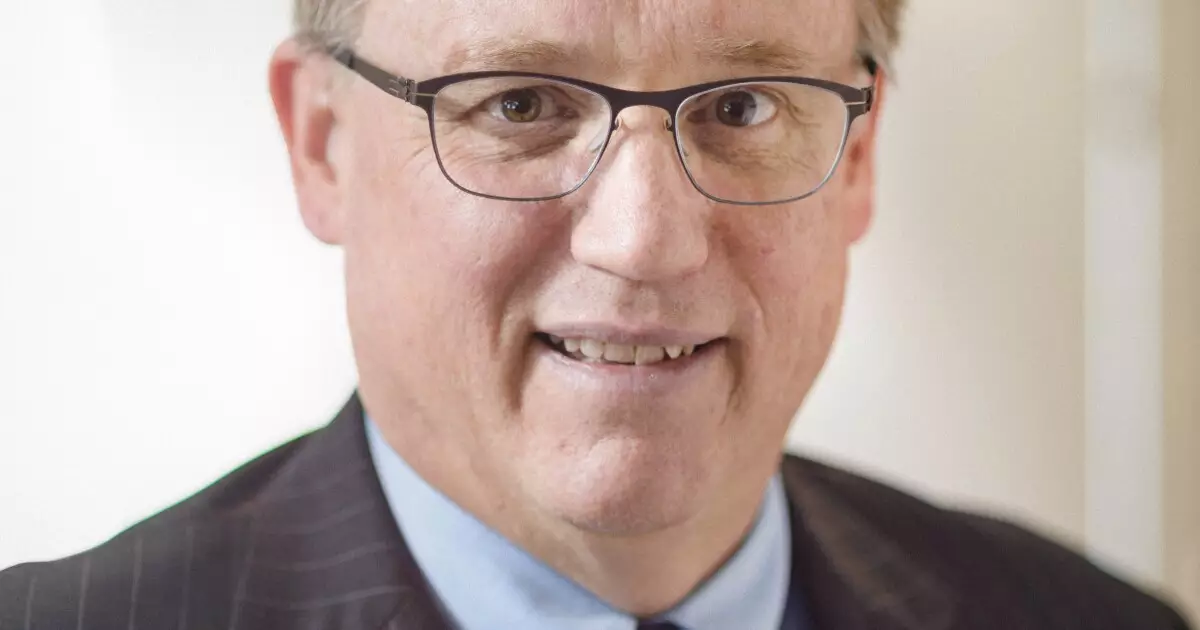The District of Columbia’s fiscal outlook has recently brightened, with an impressive revenue surge of $169.7 million reported by the city’s chief financial officer, Glen Lee. This boost, occurring in the backdrop of a recovering economy, can be attributed primarily to one-time litigation proceeds and adjustments associated with year-end accounting. While such a windfall may seem promising at first glance, a closer examination reveals that a significant portion—approximately 46%—of these funds is non-recurring, indicating the city’s financial health may not be as stable as it initially appears. The remaining increase is largely fueled by improved collection rates for real property taxes and higher anticipated payments from corporations and withholding taxes.
Lee pointed out that this surge should be viewed with an element of caution. Despite the uplifting statistics, a substantial share of the additional revenue does not promise long-term stability or growth. Moreover, over a third of the increase is tied to higher than expected property tax receipts for the upcoming tax year and assessments from previous years. This fluctuation emphasizes the need for policymakers and residents alike to interpret these figures carefully and within the broader context of the city’s economic landscape.
In another positive development, recent estimates from the U.S. Census Bureau revealed a population increase in Washington, D.C., of approximately 14,926 residents, representing a growth rate of 2.2% over the previous year. Most of this uptick is attributed to international migration—a phenomenon that aligns with the incoming administration’s strategy to attract new residents and bolster local economic activity. While this growth is encouraging, it also raises questions about the sustainability of services and infrastructure to accommodate a burgeoning population in the city, placing additional pressure on already strained resources.
The city’s administration must ensure that the necessary frameworks are established to support this growth effectively. A robust public transit system, educational institutions, and healthcare services must expand in tandem to prevent the adverse effects of rapid urban migration, such as overcrowding, increased demand on public services, and insufficient housing. Each of these factors can have ripple effects on the city’s social fabric and economic vitality.
The workforce dynamics in Washington, D.C., remain a significant concern, particularly in light of the impact of recent federal administrations on local employment. President-elect Trump’s first term saw a significant relocation of federal agencies, contributing to a decline in local jobs. With nearly 25% of the D.C. workforce employed by the federal government, any changes in agency presence can undermine economic stability. Mayor Muriel Bowser’s request for a cohesive return-to-office approach underscores this dilemma, as the variable remote work policies across different federal agencies have not only affected federal employees but also the broader private sector economy.
Lee’s commentary further illustrates the financial ramifications of absentee federal employees, especially concerning the occupancy rates of office buildings. Many commercial spaces now suffer from high vacancy rates, contributing to a dip in real property values. Stability in employment can lead to business growth, increased consumer spending, and revitalization of urban spaces, but the current situation remains precarious.
The implications of a fluctuating workforce extend beyond the immediate economic conditions into the realm of public transportation. The Washington Metropolitan Area Transit Authority (WMATA) relies heavily on the support of contributions from surrounding local governments and federal fare revenue. However, the pandemic has severely curtailed ridership, impeding WMATA’s financial health. With a reported growth rate of 20% in ridership from FY 2023 to FY 2024, there is a glimpse of recovery; yet, uncertainties regarding federal employment patterns continue to cloud the future.
The success of WMATA hinges on returning riders to public transit, necessitating strategic planning and marketing initiatives that align with the city’s broader economic recovery efforts. As the city plans for an inclusive future, its public transportation strategy must adapt to changes in commuting patterns and the needs of a diverse and growing population.
Washington, D.C.’s recent financial statistics illustrate a complex tapestry of growth accompanied by caution. While revenue boosts and population increases present opportunities for the city, the underlying vulnerabilities in its workforce and public infrastructure must be addressed proactively. Policymakers need to navigate these changes carefully to foster a resilient economy that benefits all residents. As the landscape of the city continues to evolve, stakeholders must remain vigilant and adaptive to sustain D.C.’s vitality and vibrancy in the face of ongoing challenges.

